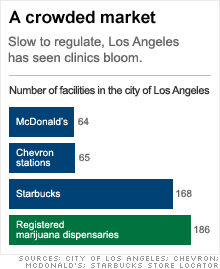UPDATE: Oops. Here's the link.Background: Many studies have found that earlier drinking initiation predicts higher risk of later alcohol and substance use problems, but the causal relationship between age of initiation and later risk of substance use disorder remains unknown.
Method: We use a "natural experiment" study design to compare the 12-month prevalence of Diagnostic and Statistical Manual, Fourth Edition, alcohol and substance use disorders among adult subjects exposed to different minimum legal drinking age laws minimum legal drinking age in the 1970s and 1980s. The sample pools 33,869 respondents born in the United States 1948 to 1970, drawn from 2 nationally representative cross-sectional surveys: the 1991 National Longitudinal Alcohol Epidemiological Survey (NLAES) and the 2001 National Epidemiological Study of Alcohol and Related Conditions. Analyses control for state and birth year fixed effects, age at assessment, alcohol taxes, and other demographic and social background factors.
Results: Adults who had been legally allowed to purchase alcohol before age 21 were more likely to meet criteria for an alcohol use disorder [odds ratio (OR) 1.31, 95% confidence intervals (95% CI) 1.15 to 1.46, p < 0.0001] or another drug use disorder (OR 1.70, 95% CI 1.19 to 2.44, p = 0.003) within the past-year, even among subjects in their 40s and 50s. There were no significant differences in effect estimates by respondent gender, black or Hispanic ethnicity, age, birth cohort, or self-reported age of initiation of regular drinking; furthermore, the effect estimates were little changed by inclusion of age of initiation as a potential mediating variable in the multiple regression models.
Conclusion: Exposure to a lower minimum legal purchase age was associated with a significantly higher risk of a past-year alcohol or other substance use disorder, even among respondents in their 40s or 50s. However, this association does not seem to be explained by age of initiation of drinking, per se. Instead, it seems plausible that frequency or intensity of drinking in late adolescence may have long-term effects on adult substance use patterns.

















